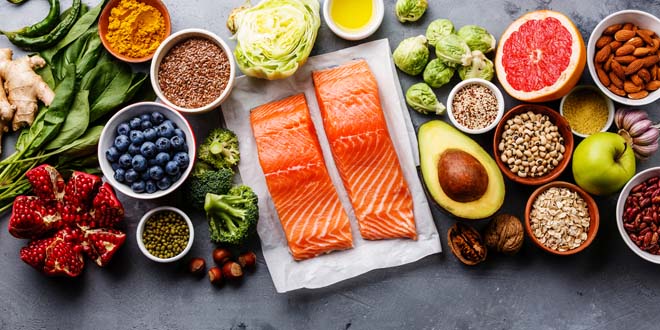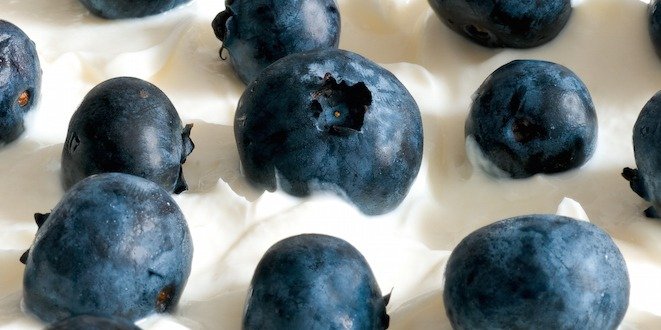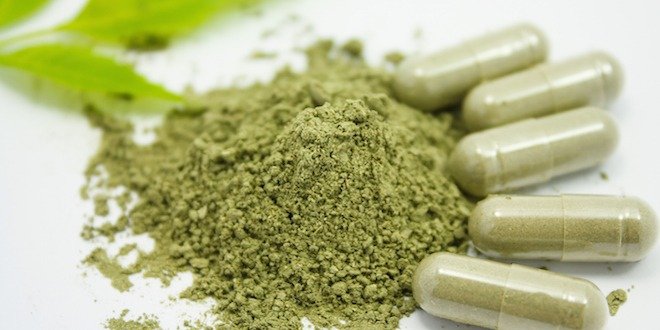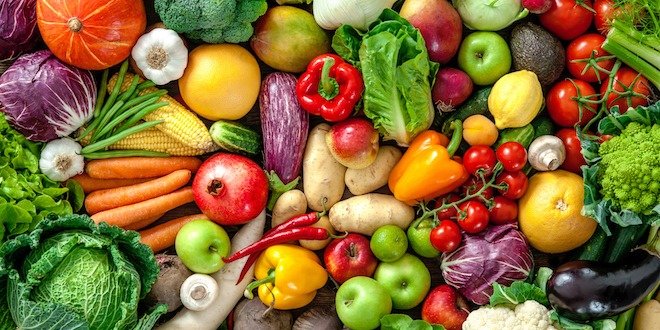
When you eat is important when you have diabetes to help keep your blood sugar levels in check, but so is what you eat.
The list of 10 foods and herbs below, have shown promise in helping to lower blood sugar.
Just keep in mind that many of these have only been investigated in single, small trials and have yet to undergo large-scale investigation before they can be recommended for people with diabetes. Be sure to talk to your healthcare providers before introducing any complementary herbals to your diet as some may have side-effects or interactions with other medications you’re taking.
Drizzle some olive oil
Extra virgin olive oil can reduce blood sugar levels more than any other kinds of fat. It’s also rich in antioxidants which may prevent against heart disease. That’s a key reason why a Mediterranean diet, which is rich in olive oil, is often recommended when you have diabetes.
Top it with cinnamon
This ancient spice has been shown to help prevent the absorption of sugar into your bloodstream, therefore minimizing blood sugar spikes. One study showed that cinnamon bark dramatically improved insulin sensitivity as well. [1]
Bring on the berries
While they won’t bring down your blood sugar, raspberries, strawberries and other berries are very low in sugar compared to other fruit so they’re a good option when you’re looking for a healthy snack. Rich in antioxidants, they’re good for your overall health as well.
Cashews and almonds on the go
In addition to containing heart-healthy, omega 3 fats, these nuts are a great source of magnesium—an essential mineral involved in blood sugar regulation. In fact, the research shows up to 38% of people with type 2 diabetes have too little magnesium[2]— all the more reason to keep a handful of cashews and almond on hand.
Stir in some Fenugreek
A popular herb in Arabic and Indian cultures, Fenugreek is a good source of soluble fibre and contains elements that have been shown to improve blood sugar control.[3] Consider adding the aromatic herb as a flavouring to curries or brewing fenugreek seeds in a tea.
Apple cider vinegar to the rescue
Apple cider vinegar has long been cited as a remedy for everything from sore throats and stuffy noses to indigestion. There is also some evidence that consuming it before or during meals can improve your blood glucose levels.
Opt for sweet potatoes
Compared to white potatoes, sweet potatoes are lower on the glycemic index and contain loads of Vitamin A to maintain eye health. Diabetes Canada notes that following a low GI diet can help control your blood glucose levels too. Just be conscious of serving size and toppings so you’re not consuming too many calories or carbs for the day.
Grab the garlic
Traditionally garlic has been recommended to help reduce high cholesterol and blood pressure. But some research is also showing it can help bring down blood sugar levels. Let chopped garlic sit for at least five minutes, as this is believed to enhance its health benefits. As garlic can also amplify the effects of other medications, such as blood thinners, be sure to talk to your healthcare provider before consuming great amounts of it.
Choose brown rice and pasta
If you’re itching for some carbs, these ones have a higher fibre content than their white, refined counterparts. They’re also better at helping you maintain a healthy blood sugar target. Find more tips on what kinds of pasta to choose on your next grocery trip.
Add the beans
Talk about small and mighty: just half a cup of beans provides you with your entire daily fibre requirement. Plus they’re a good source of protein, magnesium and potassium—and they come in so many varieties! A Toronto study [4]showed that beans also improve blood sugar control and reduce blood pressure.
What to eat when you have diabetes can be overwhelming for some people. But selecting some of the foods above the next time you are at the grocery store may actually help to lower your blood sugar—and add some enjoyable new options to your diet too. Click here for a great recipe for turkey and white bean burgers.
If you liked this article, sign-up to receive our Living Well with Diabetes newsletter which includes information on eating, exercise, medication and other diabetes management recommendations. Sign up now!





